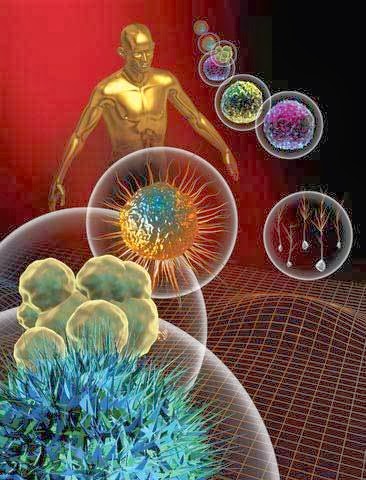If water is made up of hydrogen and oxygen, why can't we breathe underwater?
One thing about chemicals is that, once they react in certain ways, they form compounds that are nothing like the original elements. For example, if you react carbon, hydrogen and oxygen together one way you get glucose (C6H12O6) If you react them together another way you get vinegar (C2H4O2). If you react them another way you get fat . If you react them another way you get ethanol (C2H5OH). Glucose, fat, ethanol and vinegar are nothing like each other, but they are all made from the same elements. In the case of hydrogen and oxygen gas, if you react them together one way you get liquid water (H2O). The reason we cannot breathe liquid water is because the oxygen used to make the water is bound to two hydrogen atoms, and we cannot breathe the resulting liquid. The oxygen is useless to our lungs in this form. The oxygen that fish breathe is not the oxygen in H2O. Instead, the fish are breathing O2 (oxygen gas) that is dissolved in the water. Many different gases dissolve in li




